The deciduous plant medlar (Mespilus), also called ezgil, or chishkovy (cup) tree, is a member of the Pink family. According to information taken from The Plant List, this genus unites only 3 species. The word "medlar" is borrowed in Turkish, but it got into it from Greek. Gardeners cultivate common medlar, or Germanic, but the homeland of such a plant is not Germany, but Southeast Europe and Southwest Asia. This culture was brought to Germany by the Romans. Today, in nature, this plant can be found in South Ossetia, Armenia, on the southern coast of Crimea, in Azerbaijan, Georgia, in the North Caucasus and in the central regions of Ukraine. Medlar has been cultivated for over 3 thousand years. The ancient Greeks were the first to grow it, and in the ancient Roman era and the Middle Ages, this culture was already considered a very important fruit plant. But after a while, the medlar lost its former popularity, due to the fact that it was replaced by other cultures, including those brought to Europe from the New World. Today, such a plant in gardens is quite rare.
Content
Features of the medlar
Medlar is an evergreen fruit tree with a dark gray bark. In good conditions, the height of such a plant can reach 8 m, but as a rule, it does not exceed 6 m. The dark green leaf plates are elliptical in shape, their length is 8-15 centimeters, and their width is 3-4 centimeters. In autumn, the foliage changes its color to red. At the end of the spring or the beginning of the summer period, the flowering of the medlar begins. The five-petalled flowers have a white color and smell that attracts pollinating insects to the garden plot. In diameter, the fruit reaches from 20 to 30 mm, it has a spherical or pear-shaped shape. His sepals are constantly unfolded, and he seems to be hollow. The color of the fruit is brown-red. The size of the fruit in garden forms can reach the size of an average apple. Even fully ripe fruits are characterized by hardness and sour taste, such fruits become edible only after prolonged storage or after frost, as a result of which they shrink, decrease in size, become sweet and soft.
Growing medlar from a bone at home
You can grow a medlar from a bone in a room environment. After the bone is pulled out of the fruit, it can lie for no more than 3 days, and then it must be planted in the substrate. From seeds bought in a store, as a rule, trees grow that cannot bear fruit. If you plant a bone that you personally pulled out of the medlar fruit, then the chances that the plant that has grown from it will bear fruit is very high.
A soil mixture for planting, if desired, can be bought ready-made in a special store, and you can also make it yourself, for this you need to combine humus, peat, leafy soil and sand, which should be taken in equal parts. Take a pot that has drainage holes at the bottom. At its bottom, first, a good drainage layer must be made of expanded clay, after which the remaining space must be filled with prepared soil mixture. Seeds are sown in a moistened substrate, while they need to be buried only 20 mm. Up to 6 seeds can be sown in one container. From above, the container must be covered with glass or film. Crops are harvested in a well-lit and warm place, for example, on a windowsill. The first seedlings should appear after at least 4 weeks. The plant will need to be protected from direct sunlight, ventilated every day, and condensation must be removed from the shelter in a timely manner, otherwise, due to dampness, the seedlings can get sick with fungal disease. After the height of the plants reaches 20 mm, the shelter must be removed from the container, and it itself is rearranged to a place where the air temperature is not less than 18 degrees. In the summer, containers with seedlings can be moved to fresh air (terrace or balcony), while the plants will need reliable protection from drafts, wind and scorching sunlight. The soil mixture in the container should be slightly damp (not wet) all the time; for this, the seedlings must be watered 2 or 3 times in 7 days.
The seedlings that have appeared are characterized by relatively fast growth. So, after 4 weeks, the height of the plants can reach 15 centimeters. The grown plants must be dived into individual deep pots, which are filled with a substrate consisting of peat, coarse-grained river sand and humus. It should be noted that the transplanted weak plants most often die. But the transplanted powerful and large bushes will get stronger over time. The flowering of a bush grown indoors will occur only 3 years after transplanting into an individual pot, and this will happen in the last autumn or first winter weeks. Closer to the New Year, the first fruits may form.
Crown shaping can be done only after the bush has faded, but you can not do this. Some growers prefer that the medlar bush looks natural, for this you need to cut out only weakened, injured, thickening crown and diseased branches.


Watch this video on YouTube
Growing medlar in the garden
Landing features
The seedlings grown from the seed in room conditions, after they turn 3 years old, are transplanted into open soil if desired. The culture is undemanding to the composition of the soil, but it must necessarily be well-drained, weakly acidic or neutral. The site is suitable for one in which groundwater occurs at a depth of no more than 1.5 m from the surface of the soil. When planting several plants, a distance of at least 4.5 meters should be kept between them.
Planting seedlings in open soil is carried out only when they have a dormant period, namely, in spring or autumn. The site chosen for planting must be cleaned of weeds and dig it up with the introduction of bone meal. Prepare a soil mixture, which should include sod and deciduous soil, river coarse sand and humus, taken in equal shares.Prepare a planting pit, the size of which should be 1/3 larger than the root system of the plant, taken together with a lump of earth. A stake must be driven into the middle of the pit, its height should be such that it touches the lower branches of the plant. Then plant the seedling from the container into the hole and fill it with earth mixture. It should be noted that after planting, the root collar of the plant should be flush with the surface of the site. The planted plant needs abundant watering, when the water is completely absorbed into the soil, and the earth settles, the bush must be tied to a support. The surface of the soil should be covered with a layer of mulch (rotted manure or compost), its thickness should be from 7 to 8 centimeters. Make sure that the mulch does not come into contact with the medlar trunk.
Care rules
It is necessary to grow medlar in the garden in the same way as other fruit trees. The irrigation regime should be such that the soil in the near-trunk circle is always moist, but no liquid stagnation is observed in the root system. When the tree is watered or it rains, it is recommended to loosen the surface in the near-trunk circle, and also to pull out all the weeds.
During the season, the plant will need 2 or 3 dressings, for this they use organic matter and mineral fertilizers. However, it should be borne in mind that young trees need more fertilizing, fertilizers are regularly applied to the soil once every 20 days. Medlar responds well to feeding with mullein solution. In spring, before the sap flow begins, it is necessary to carry out sanitary pruning, for this you need to cut out all injured, frost or disease damaged, as well as branches thickening the crown. During the first three or four years, it will be necessary to regularly shorten the skeletal branches by 1/3 of the growth on the outer kidney. Those branches that intertwine inside the crown must be cut to two or three buds. After 4 years have passed after transplanting the seedling into open ground, it is necessary to start forming the crown. After the crown is formed, it should be maintained by pruning.
Propagation of medlar
How to propagate medlar by seeds is described in detail above. This culture can still be propagated by cuttings. For harvesting cuttings, you should choose last year's increments. The length of the cuttings should be from 15 to 20 centimeters, with 2 nodes on each of them. The lower leaf plates must be completely removed, and the upper ones must be shortened by 1/3 part. This will reduce the amount of moisture evaporated. Cutting points must be treated with wood ash. Cuttings should be planted by placing them strictly vertically. To do this, use pots filled with sandy-peat soil and expanded clay. The stalk must be buried in the soil mixture by 40-50 mm. Planted cuttings need abundant watering. Taking care of the cuttings, they need to ensure systematic watering, and they also need to be regularly moistened from a sprayer with pre-boiled water. The cuttings will take root for 4 weeks. After the roots grow back, the plants are planted in the garden. After planting, the trees will grow relatively slowly, but there is nothing to worry about. If you do everything correctly and take good care of the medlar, then over time, its growth and development will become normal.
Diseases and pests
Medlar has a fairly high resistance to diseases and pests. However, sometimes leaf-eating caterpillars can settle on the tree. To get rid of them, in the springtime it is necessary to remove all spider nests from the plant and then destroy them. During the opening of the buds, the tree and the surface of the soil around it should be sprayed with a solution of Chlorophos, Nitrafen (3%) or Karbofos (7%).In order to prevent the tree a couple of times per season (in early spring and after all the leaves fall off in autumn), it is treated with Insegar's solution (for 1 bucket of water 5 grams), Fitoverma (for 1 bucket of water 20 grams) or Lepidocide (for 1 a bucket of water 25 grams).
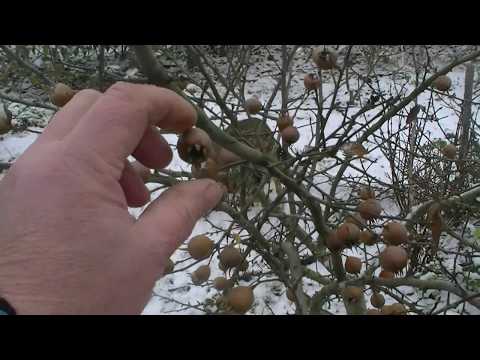

Watch this video on YouTube
Types and varieties of medlar
There are only 3 types of medlar, while gardeners grow only one, called the Caucasian medlar, either Germanic or Crimean. This view has been detailed above.
There is also a Japanese medlar, either lokva, or eriobotria, or shesek - this is not a very large evergreen ornamental plant, which is also a fruit plant, it is cultivated both in closed and open ground. This plant is related to the genus Eriobotria of the Pink family, it is considered a relative of the Germanic medlar, but it is not actually a medlar.
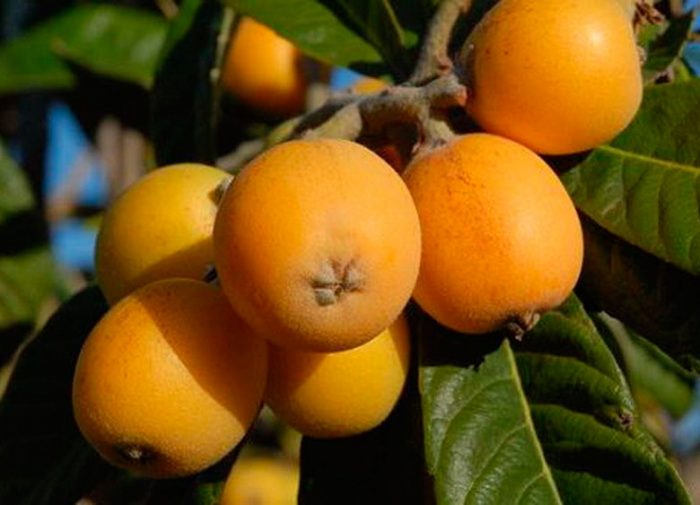

Japanese medlar (Eriobotrya japonica) - the height of such a tree is about 8 m. The inflorescences and stems of the plant are colored grayish-red, as they are covered with dense tomentose pubescence. The form of leathery leaf plates is oval, their upper surface is shiny. Leaflets are short-petiolate or sessile, they reach 25 centimeters long and 8 centimeters wide. On the lower surface, they also have dense pubescence. Paniculate terminal inflorescences consist of five-petal flowers, reaching 10–20 mm in diameter, they have a yellow or white color. The tree is highly resistant to frost, which only increases over the years. Popular varieties:
- Champagne... The yellow, fleecy fruits have a delicate flesh.
- Morozko... Such a plant is intended for cultivation in indoor conditions or in a greenhouse. Its fruits lack astringency.
- Silas... The weight of fruits, similar in appearance to apricots, can reach 80 grams.
- Tanaka... The pear-shaped fruits have a yellow-orange color. The taste of light pink pulp is sweet and sour.
Medlar in landscape design
German medlar has a lush spreading crown, and it attracts designers with its brown-red leaves. Often, gardeners plant two or three plants north of other crops, since mature trees are an excellent shield from the cold wind in winter. The medlar itself will not suffer from cold weather, since an adult plant is very resistant to frost. Also, this culture is grown as a central point in a garden plot, which has a relatively small size. The fact is that the crown of such a tree looks very impressive even without foliage, and in spring it is decorated with fragrant flowers, flat, like saucers, painted in white or light pink. Repeated flowering of such a plant is observed in August or September. In autumn, the foliage changes its color to yellow-red or brown-red. Unusual fruits make the medlar even more spectacular. This plant retains its decorative effect throughout the season, therefore it is recommended to plant it in a row along the path in the garden, as a result, a park alley will be created, created from trees with closed crowns and even trunks.
Medlar properties: harm and benefit
Useful properties of medlar
The composition of the medlar fruits includes iron, calcium, potassium, phosphorus, iodine, magnesium, zinc, selenium, sodium, fructose, sucrose, citric and malic organic acids, vitamins A, C, B1, B2, B3, B6, B9, pectins, tannins and phytoncides, which help to get rid of gastrointestinal diseases, normalize bowel function, relieve pain in kidney stones and urinary tract.
A decoction prepared from unripe fruits eliminates inflammation, and it is also used to stop intestinal bleeding.A decoction is also prepared from the foliage collected during flowering, which has a fixing, anti-inflammatory and hemostatic effect. The fruit is used to prepare a tincture used in Japan during the treatment of asthma or bronchitis.
Such fruits are often included in the diet because they contain a lot of dietary fiber, antioxidants, citric acid and fructose, and they are also low in calories. Medlar helps to cure diabetes mellitus, eliminate symptoms of kidney dysfunction, cleanse the body of toxins and toxins, eliminate disorders in the intestines (for example, constipation) and intestinal colic, strengthen immunity, increase the filtering capacity of the kidneys, improve the functioning of the digestive organs and vision, normalize blood pressure preventing the common cold.
Since the fruits contain a large amount of micro- and macroelements, as well as vitamins, experts advise them to regularly eat during pregnancy and breastfeeding, but only to those women who do not have an individual intolerance to this product. The pulp of the medlar is suitable for making masks that give the skin a healthy color, help smooth out fine wrinkles and eliminate age spots.
Such fruits are suitable for preparing various dishes, for example, jam, jam or compote. The juice obtained from them ferments rather quickly, therefore it is used for making wine, liqueur or liqueur. The seeds of this plant are used to make a drink that is very similar to coffee.
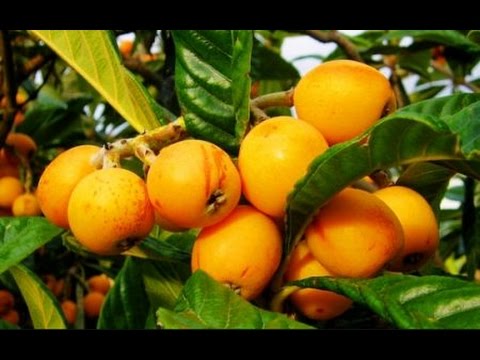

Watch this video on YouTube
Contraindications
It is necessary to give medlar to children with great care, since there is a high probability of an allergic reaction. You can not eat fruits, especially immature, those who have gastritis with high acidity, inflammation of the pancreas or peptic ulcer of the duodenum and stomach. Even with such diseases, one should refrain from drinking juice and wine from medlar. It should be borne in mind that jam and preserves from medlar have a beneficial effect even on a sick and weakened body.

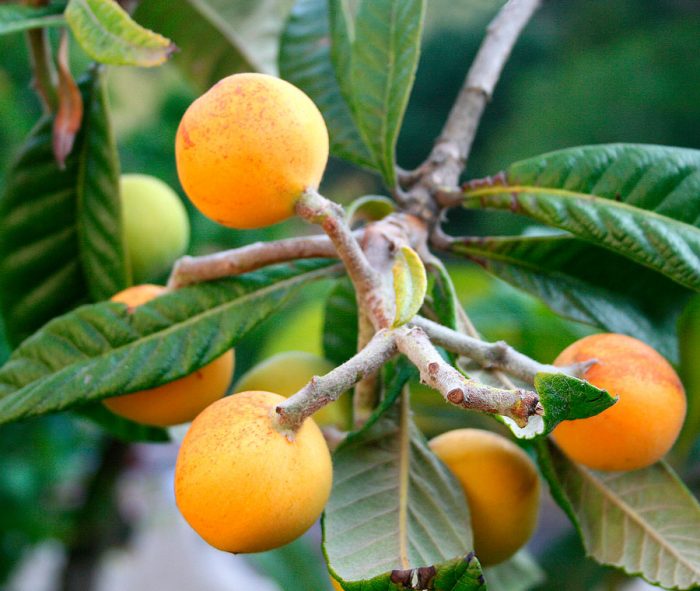
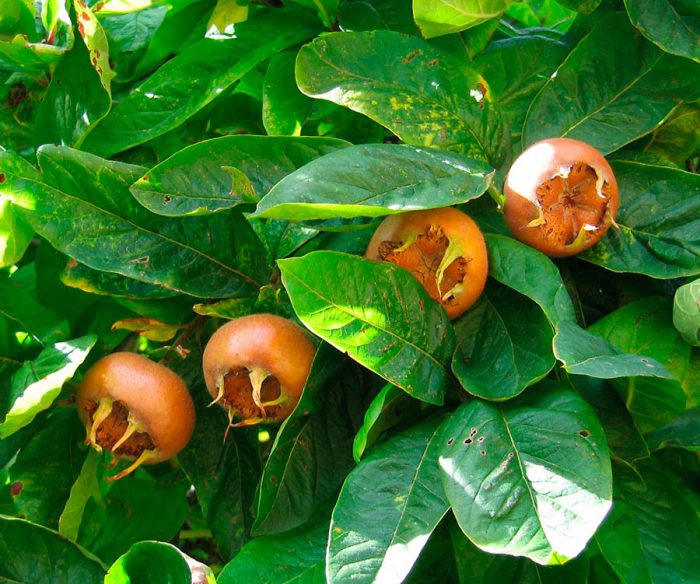
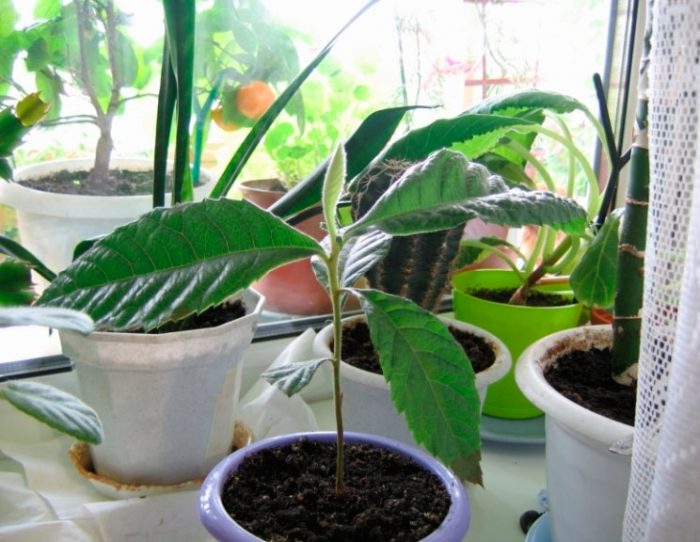
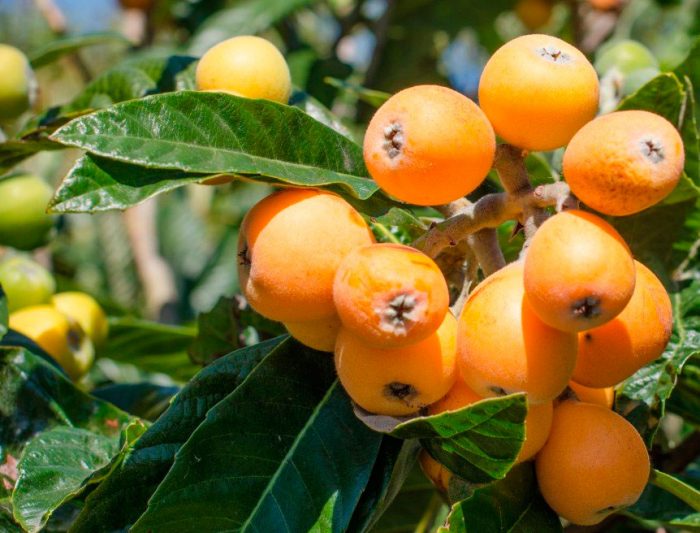

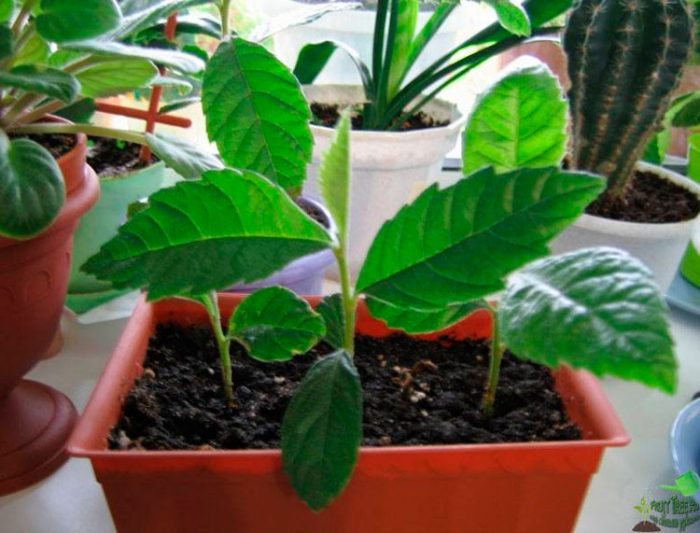
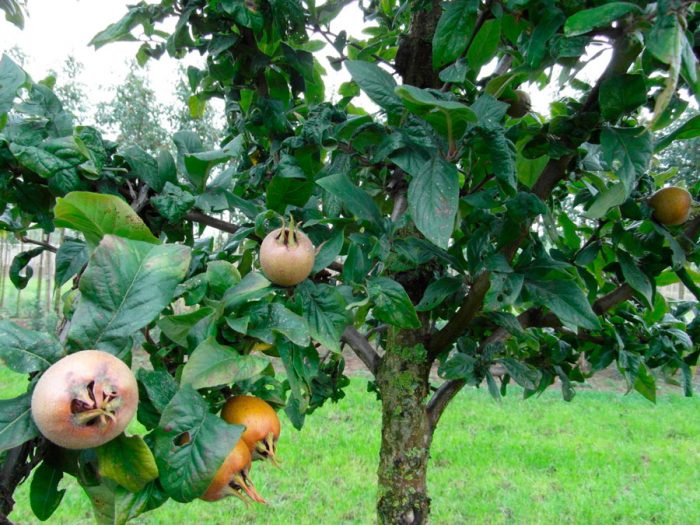
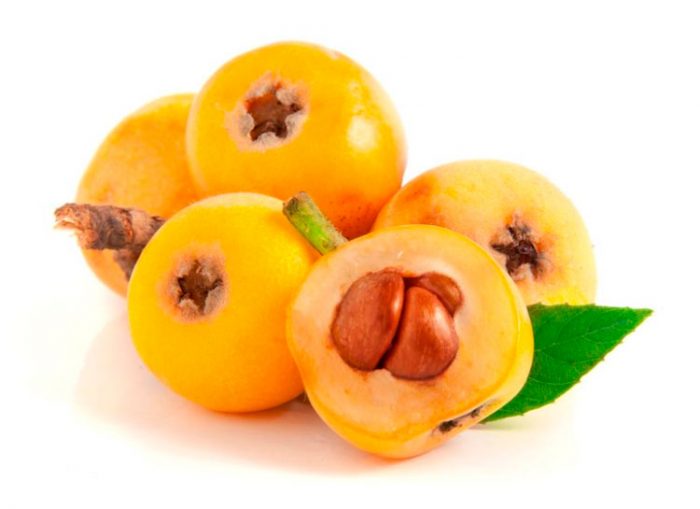

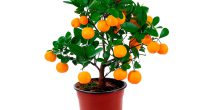
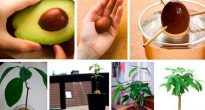

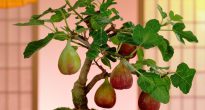
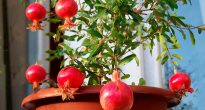




YOU HAVE A VERY INTERESTING AND Cognitive SITE !!! PHOTOS HIGHLY RECOGNIZED. MANY THANKS !